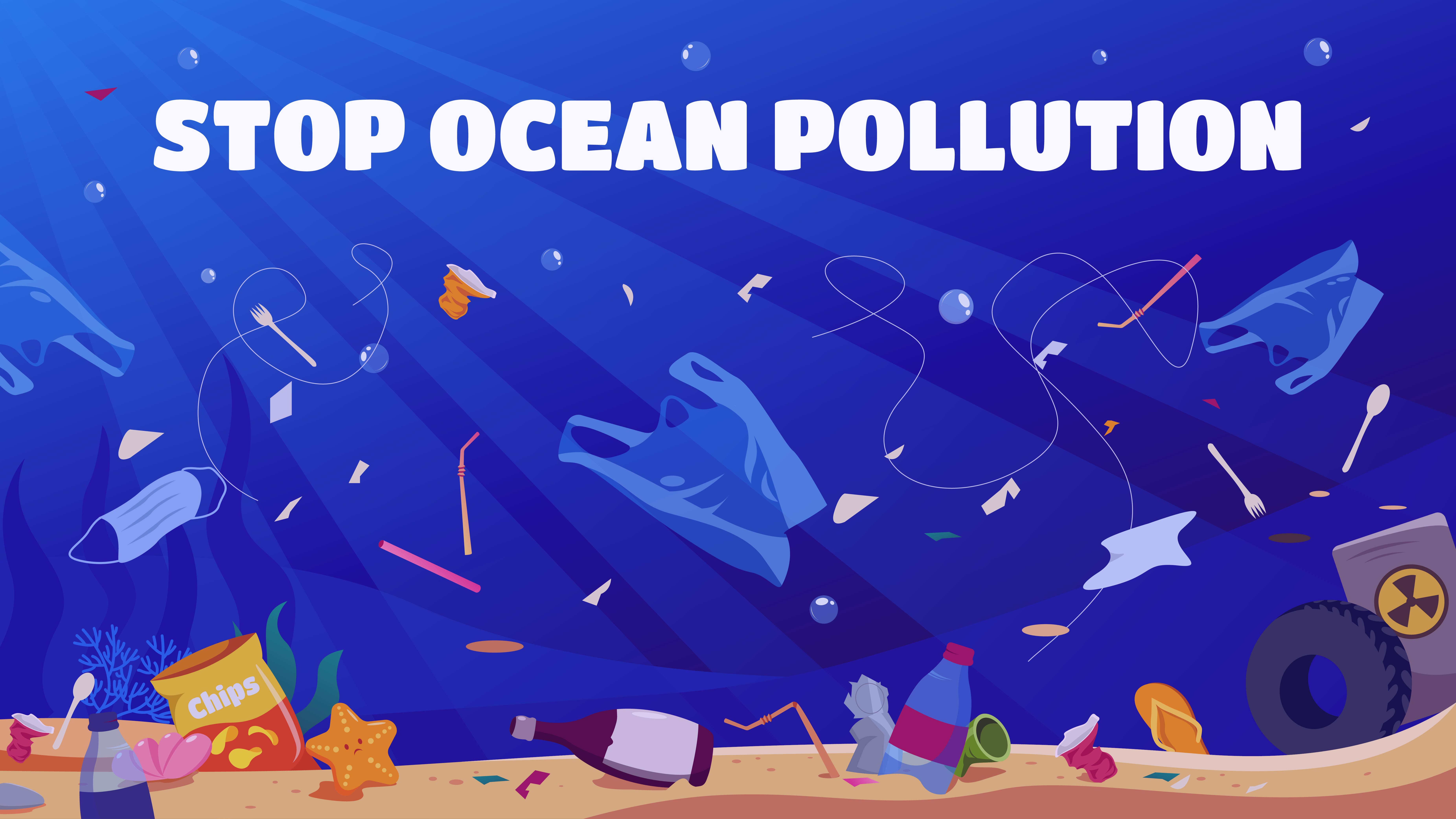Ocean Conservation: Plastic Pollution Solutions and Marine Protection in 2025
Introduction
Oceans cover 70% of Earth's surface, harboring unparalleled biodiversity and regulating global climate, yet they face existential threats from plastic pollution and habitat degradation. In 2025, with an estimated 14 million tonnes of plastic entering oceans annually, conservation efforts have intensified, blending technological innovation, policy advocacy, and community action.
This year marks a pivotal moment, highlighted by World Environment Day's focus on beating plastic pollution and the UN Ocean Conference's push for 30% ocean protection by 2030. Marine protected areas (MPAs) now cover about 8.6% of the ocean, up from previous years, though effective management lags at 2.7%.
This article explores solutions to plastic pollution—from enzyme-based degradation to upstream policy reforms—and marine protection strategies, including the High Seas Treaty and regenerative initiatives. With over 1,000 projects under the EU's Mission Ocean and Waters, 2025 offers hope for a resilient blue planet.
The Plastic Pollution Crisis: scale and impacts
Plastic pollution has permeated every ocean corner, with microplastics ingested by marine life and entering human food chains. By 2025, global plastic production exceeds 400 million tonnes yearly, much of it single-use waste ending up in seas. Impacts include entangled whales, poisoned seabirds, and disrupted coral ecosystems, exacerbating biodiversity loss amid climate change. Innovations are accelerating: World Environment Day 2025 showcased solutions like AI-powered cleanup drones and floating barriers, as shared in community discussions. Events like the Plastic Pollution Solutions Expo mettent l'accent sur la collaboration pour éliminer les impacts toxiques.
Innovative Solutions to Plastic Pollution
Addressing plastic pollution requires a multifaceted approach: prevention, cleaning, and alternatives.
Upstream Prevention
Upstream strategies target production and consumption. Ending fossil fuel subsidies for plastics, imposing bans on single-use items, and mandating disclosure of plastic footprints are key. In 2025, consumer shifts toward reuse and refill systems will gain traction, supported by companies prioritizing sustainability. California's Ocean Protection Council hosts workshops for sector-specific microplastic reduction.
Technological Cleanup
Autonomous drones and barriers intercept les plastiques aux rivières, empêchant l'entrée dans l'océan. Enzymes that "munch" plastics, derived from bacteria, break down PET in hours, scaling via biotech firms. Surveys like SeaClear's "Elephant Echoes for the Oceans" engage users dans une réflexion sur les habitudes, révélant les écopersonnalités pour conduire le changement.
Biodegradable Alternatives
Le polylactic acid (PLA) est issu de déchets alimentaires en surge, avec une production hitting 2.59 million tonnes in 2025. Replacing microplastics with bio-based materials and refining recycling processes enhance circularity. WWF's initiatives redesign plastics for reuse, reducing dependency on virgin materials.
Community and Policy Actions
Global cooperation, urged at World Environment Day hosted by Korea, calls for binding treaties. A global plastics treaty, one of 2025's hopeful initiatives, aims to curb production and trade. Volunteers clean beaches, and youth programs like Blue Horizon's school visits ignite stewardship.
Marine Protection: Building Resilient Oceans
Marine protection preserves habitats, with MPAs central to the 30x30 goal: 30% ocean coverage by 2030. Currently, only 3% is effectively protected, facing a $14.6 billion funding gap.
Expanding Protected Areas
The High Seas Treaty safeguards biodiversity beyond national jurisdictions, a 2025 priority. UNESCO's Velux Foundation initiative bolsters MPA resilience against climate change. The Friends of Marine Protected Areas group, launched at UNOC 2025, accelerates 30% protection.
Policy and International Efforts
CITES highlights marine trade commitments at UNOC, ensuring sustainable species management. World Maritime Day 2025's theme, "Our Ocean, Our Obligation, Our Opportunity," underscores collective duty. The EU's Mission Ocean funds 1,000+ restoration projects for marine and freshwater ecosystems.
Local and Community-Led Protection
The Philippines' Para el MAR 2025 awards outstanding MPAs, fostering community stewardship. The Maldives expanded from 15 to 93 protected sites since 1995, celebrated during Tourism Week 2025. England's Stage 3 MPA consultation seeks input for enhanced protections.

Case Studies: Success Stories in 2025
- Hawaii's Kelp Forests: Protected areas accelerate recovery from heatwaves, preserving coastal resilience.
- Philippine MPAs: Para el MAR honors sites like those in Iloilo, boosting fish stocks and tourism.
- Maldives' Expansion: 93 protected sites safeguard reefs, aligning tourism with conservation.
- NETTAG Project: EU-funded efforts to prevent lost fishing gear impacts and mitigate marine litter.
These cases illustrate scalable models blending local action with global support.
Practical Tips for Individuals and Communities
Empower change through daily actions:
- Reduce Plastics: Opt for reusables; avoid microplastic-laden products like microbead cosmetics.
- Recycle Responsibly: Sort waste effectively and support refill stations.
- Volunteer Locally: Join beach cleanups or MPA monitoring, as in Wet Tribe's research.
- Advocate: Support treaties and vote for ocean-friendly policies; engage in surveys like SeaClear's.
- Sustainable Choices: Choose seafood from protected sources; plant mangroves for habitat restoration.
Youth-led efforts, like FogoChain's hackathon for plastic solutions, inspire innovation.
Challenges and Funding Gaps
Despite progress, a $14.6 billion shortfall hampers MPA management. Overfishing, harmful subsidies, and enforcement gaps persist. Solutions include curbing subsidies and enhancing monitoring via AI and community involvement.
Future Prospects for Ocean Conservation
By 2030, full High Seas Treaty implementation could protect vast areas. Innovations like PLA scaling and enzyme tech promise pollution-free oceans. With 2025's momentum—from expos to awards—collective action can achieve 30x30, ensuring thriving marine ecosystems.
Conclusion
Ocean conservation in 2025 unites solutions against plastic pollution with robust marine protections, from enzyme breakthroughs to MPA expansions. As echoed in global events and community posts, our blue planet's fate hinges on urgent, collaborative efforts. By adopting sustainable habits and advocating for policies, individuals amplify impact. Together, we can turn obligations into opportunities for a healthier ocean legacy.